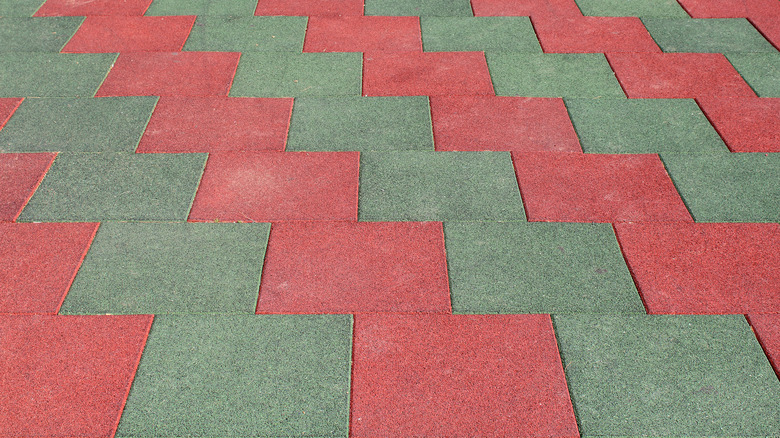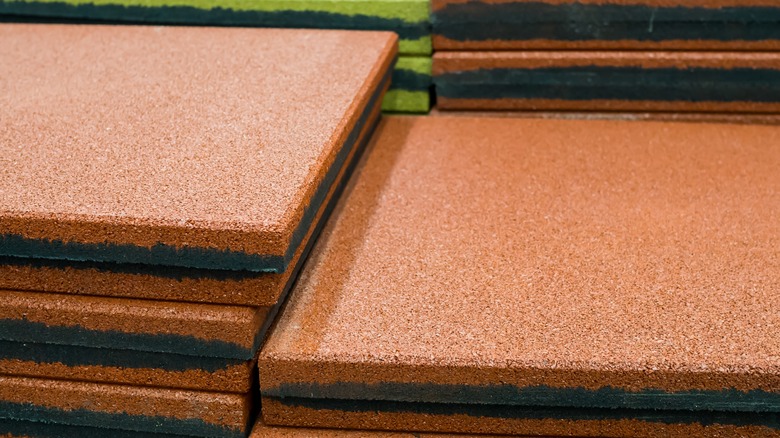The Potential Drawbacks Of Using Synthetic Pavers In Your Landscape
Choosing paver stones for your landscape used to involve just three options: natural stone, brick, or concrete. Now a fourth category is gaining popularity. Synthetic pavers, made out of recycled rubber, are touted as an environmentally friendly alternative to traditional materials. But they also come with notable disadvantages, including aesthetics, durability, and safety concerns.
Rubber pavers are typically made out of old tires that would otherwise go into a landfill, blended with recycled plastic, adhesive, and dyes. Like traditional pavers, they can be installed in a range of places in your landscape — use them to edge your lawn, line a driveway, or create a recreational space.
Some of the benefits of rubber pavers include their ease of installation and the fact that they don't crack in extreme weather, unlike brick. They're more comfortable to walk on than concrete and are slip-resistant; if you do fall, you're less likely to hurt yourself since rubber is softer than regular pavers. It's common to install these pavers to create a safe play area for children. But, it's important to know what you're getting into before you invest in them.
How synthetic pavers measure up
Rubber pavers come in a range of sizes and colors, many of which are designed to imitate stone or brick. But they can't quite compare — they don't have the same timeless look as their natural counterparts and are less likely to add to your home's value. They also have a strong rubbery smell upon installation.
Since rubber pavers are less common, it may be harder to find the exact ones you need when it comes time to replace tiles. They're not as durable as concrete or stone, as they can chip or crack with heavy traffic, fade under sunlight, or dent under heavy furniture.
There are also safety concerns to consider. While recycled rubber is often used on playgrounds, a 2013 study published in Chemosphere found that the material contains high concentrations of PAHs, phthalates, and other hazardous chemicals that may volatilize into the air. These chemicals can lead to potential health problems and even harm child development, leading some families to steer away from recycled rubber entirely. On the other hand, you wouldn't likely be exposed to harmful amounts just from walking or playing on rubber pavers. Research is still ongoing to find out exactly how safe this material is.

